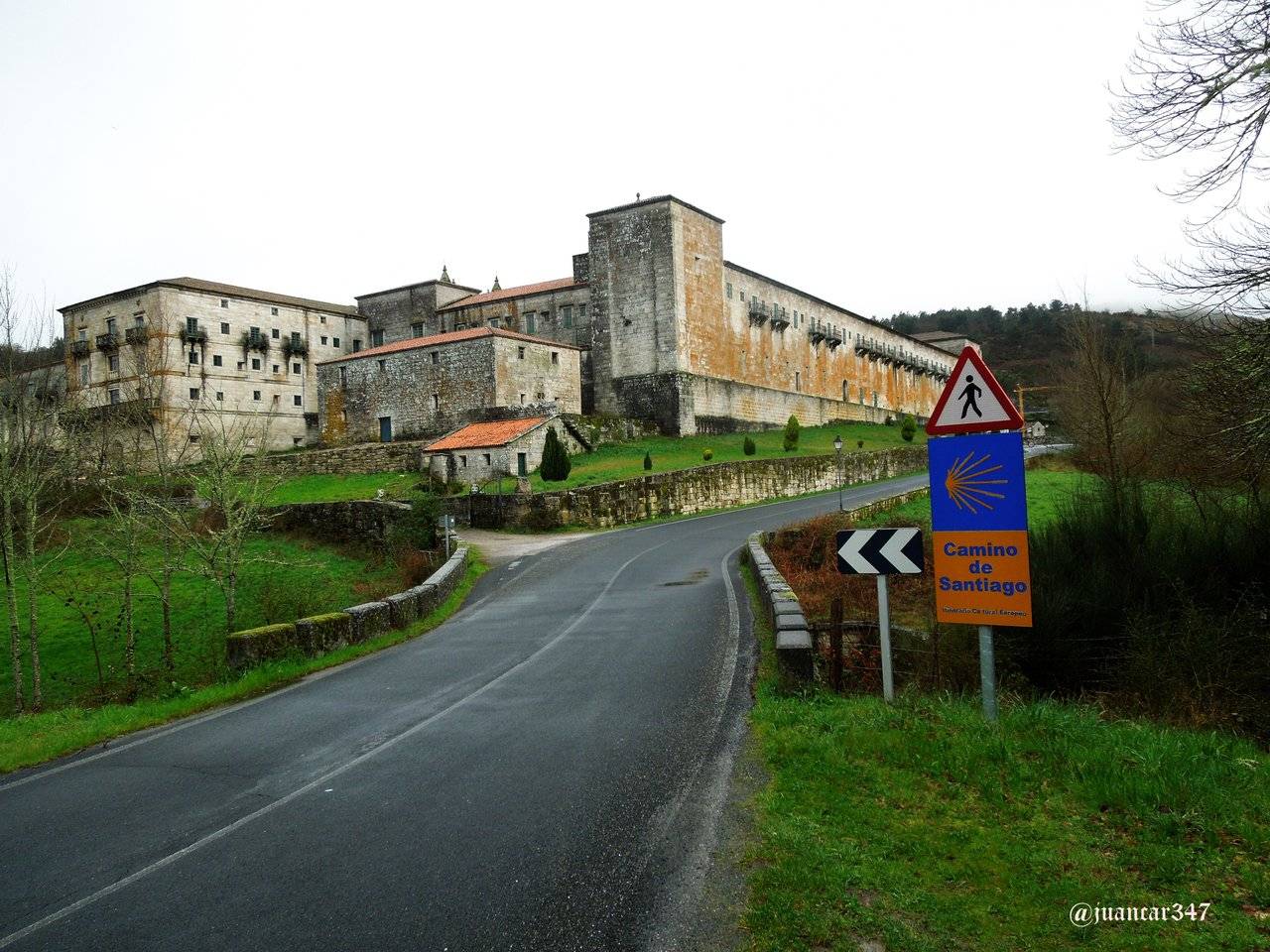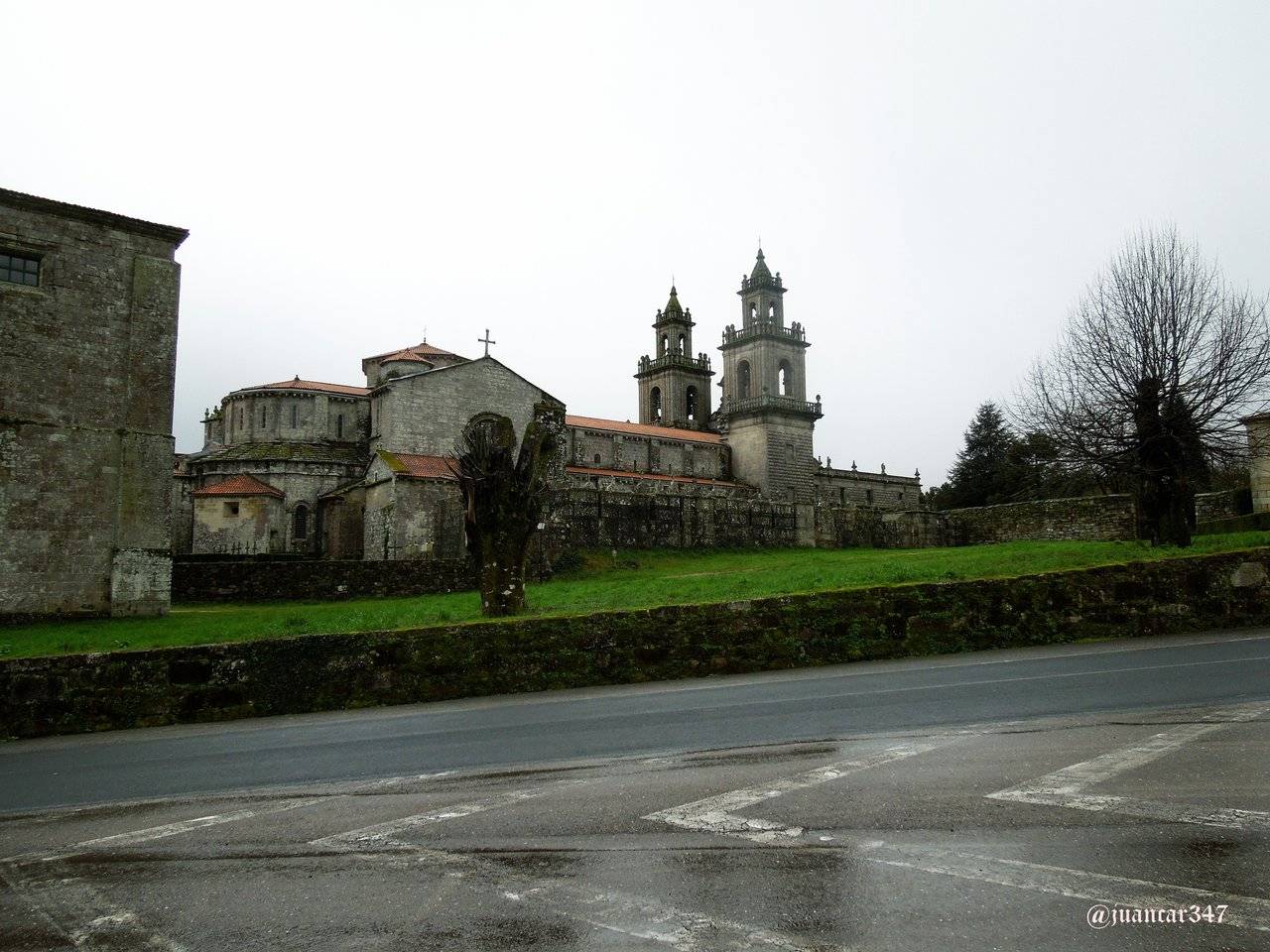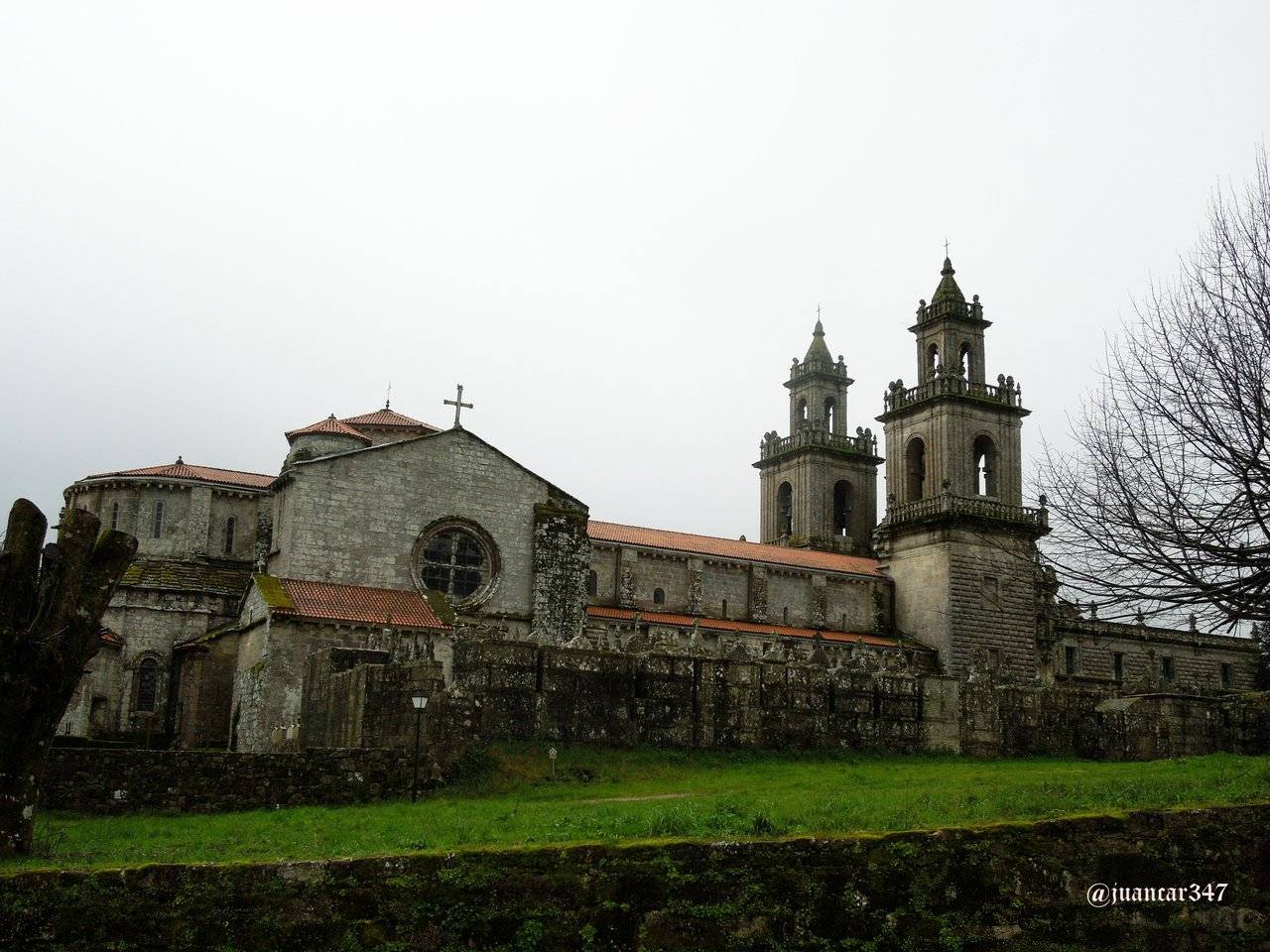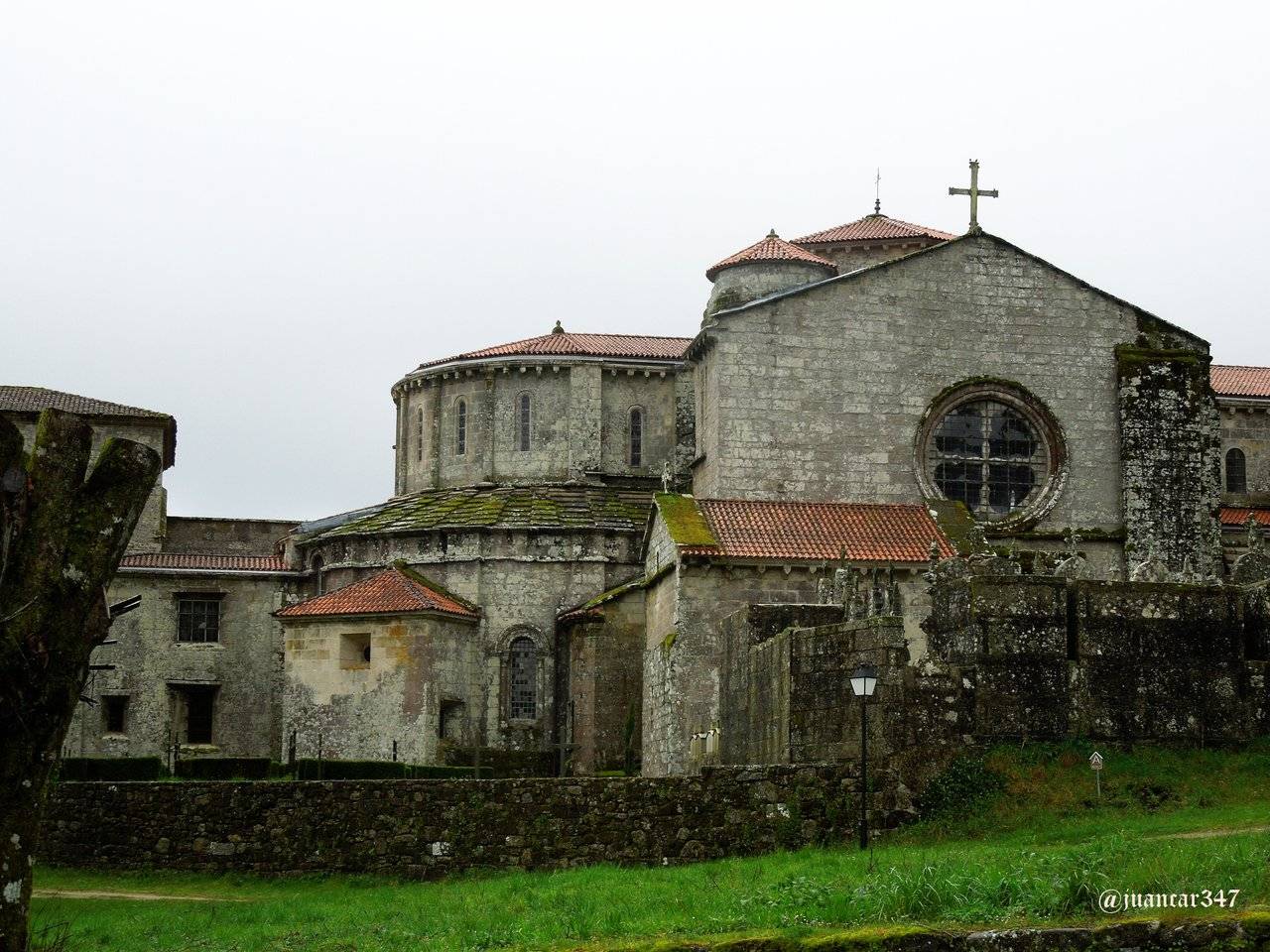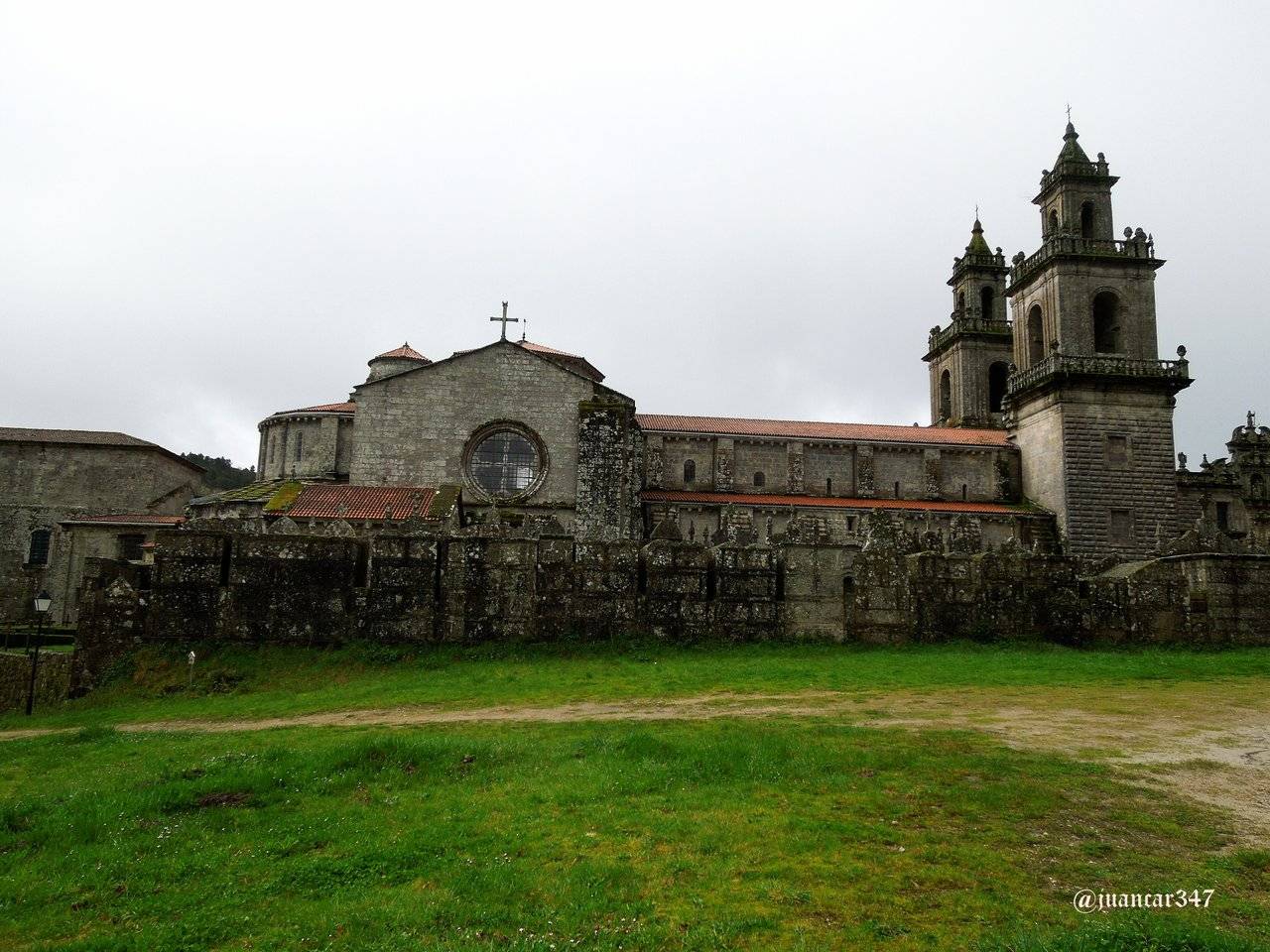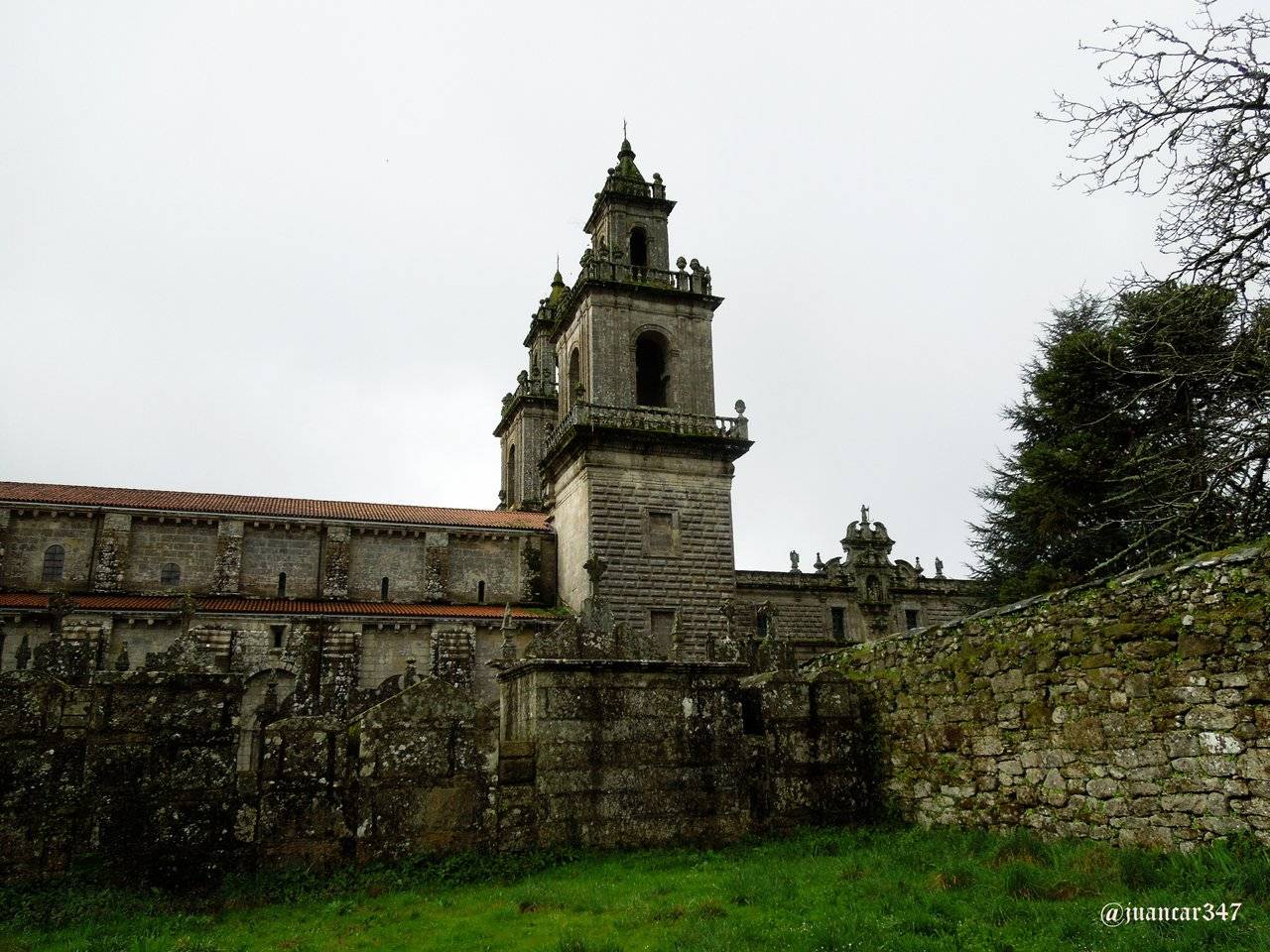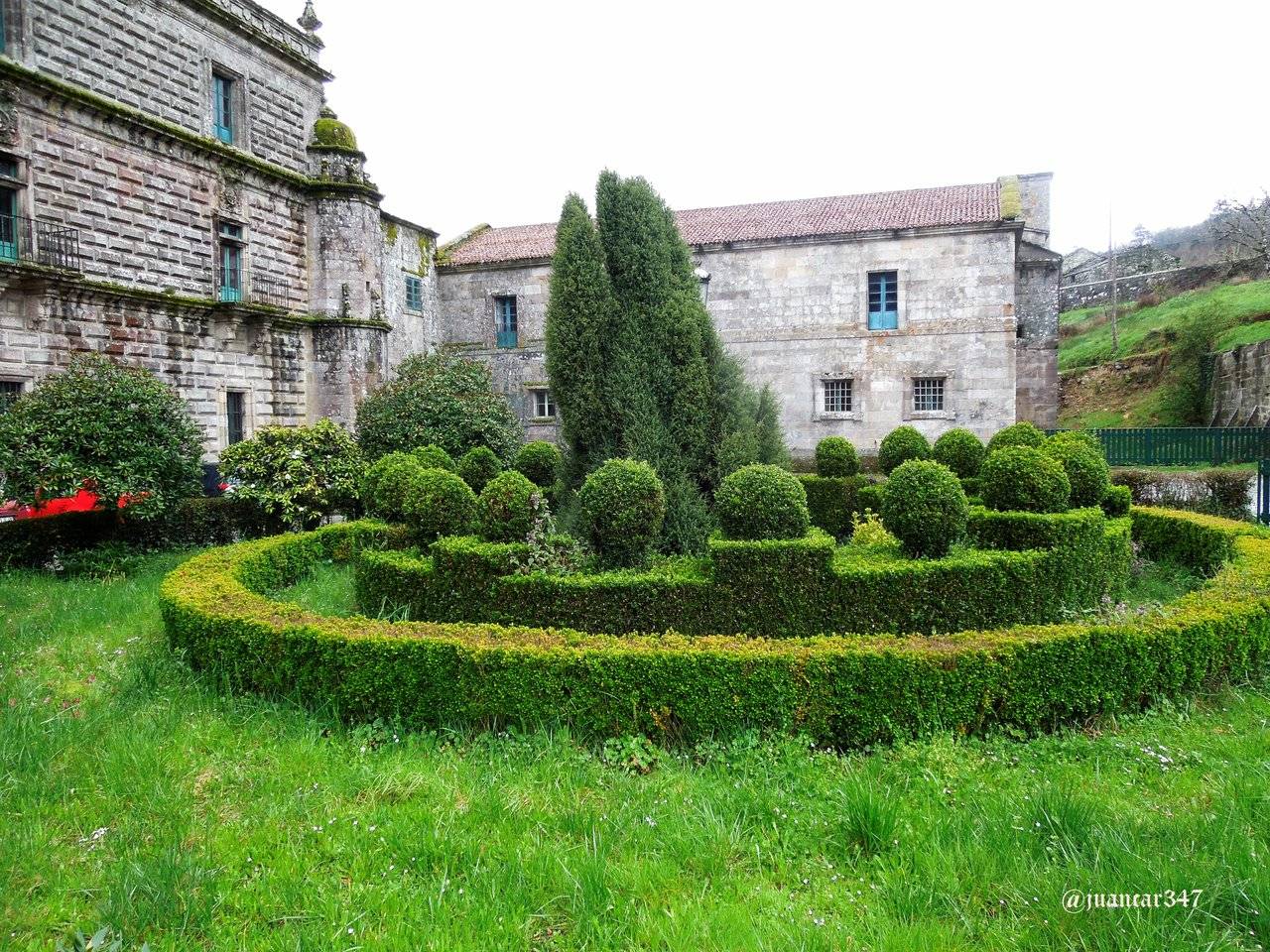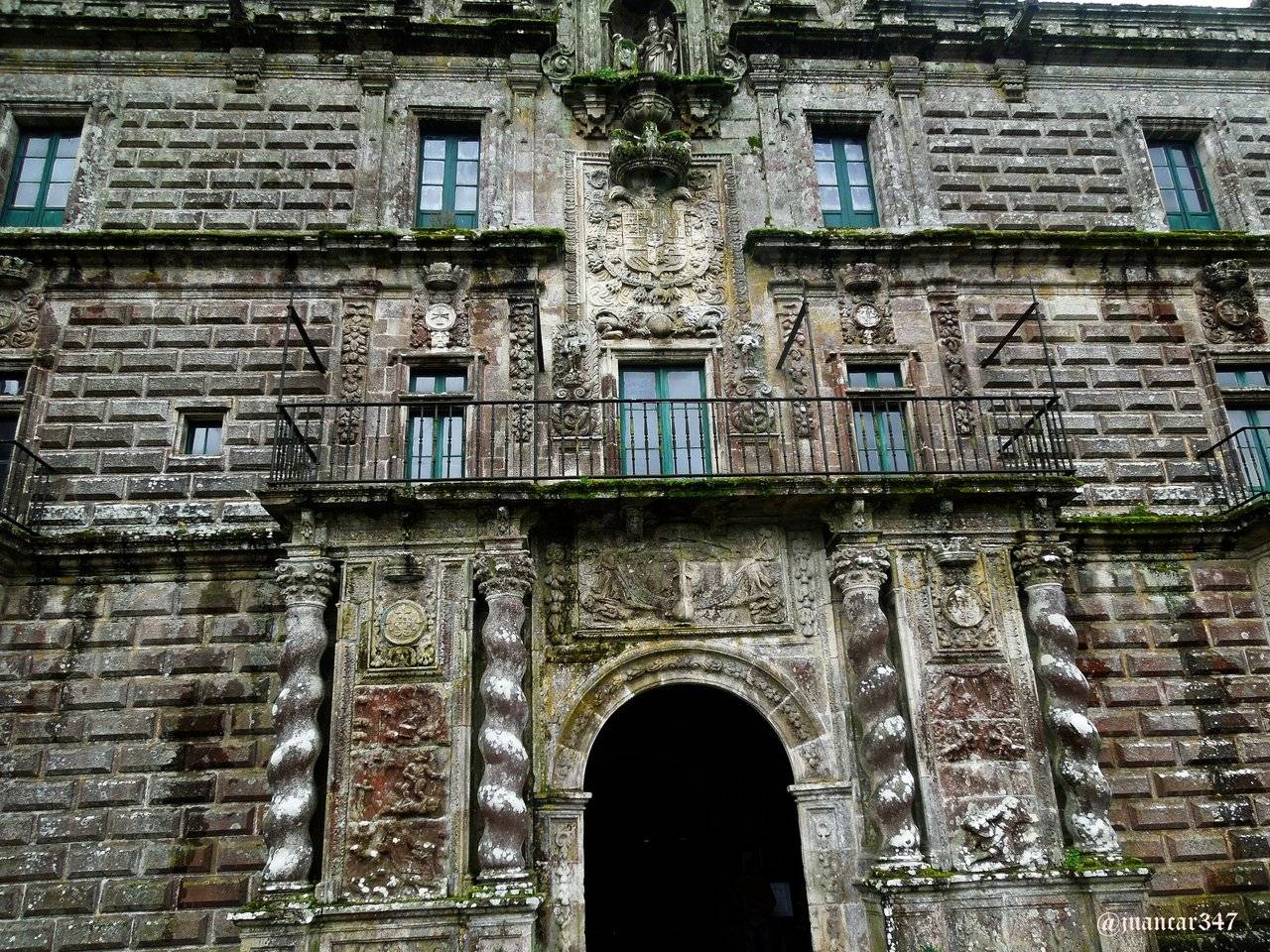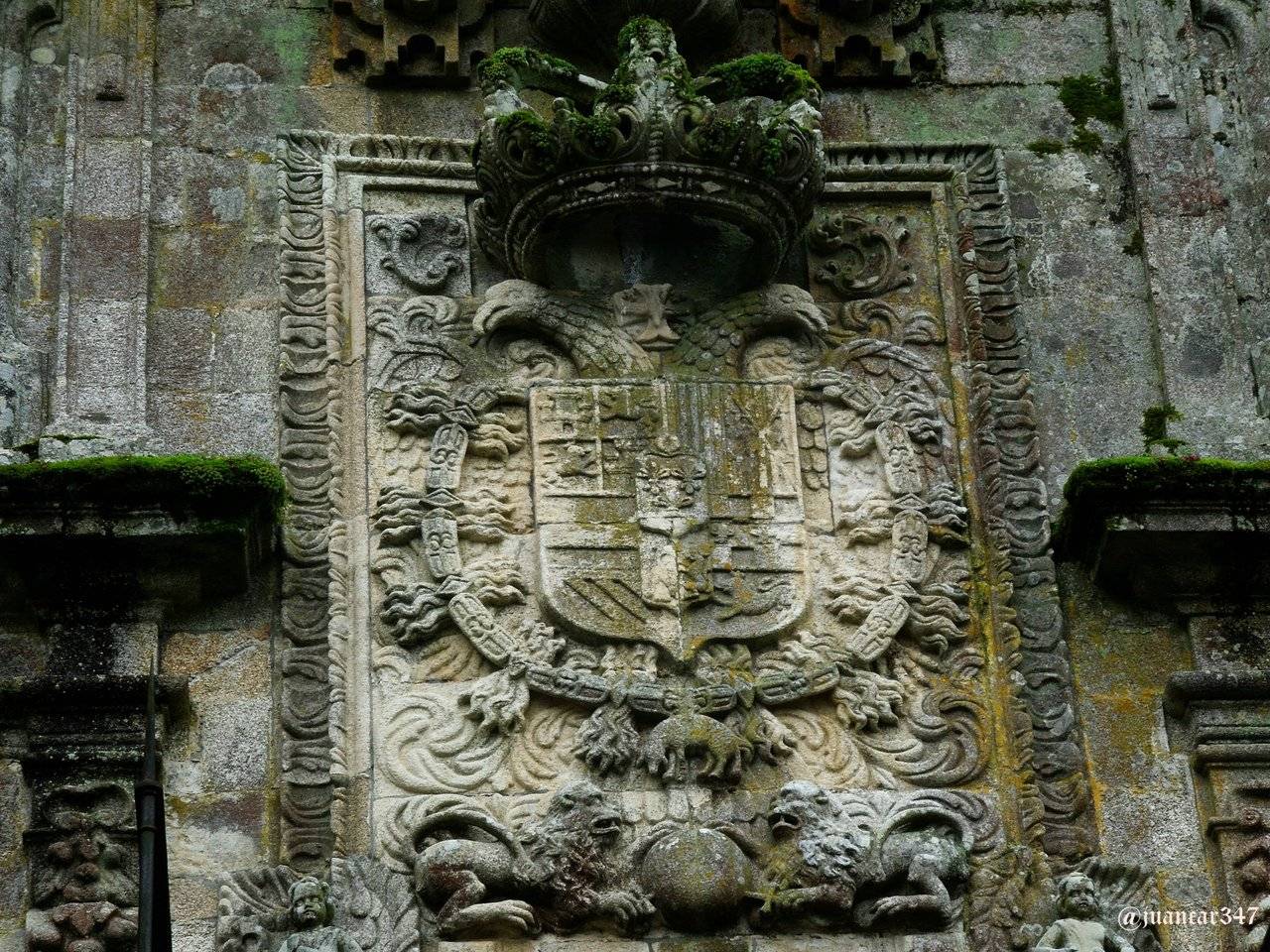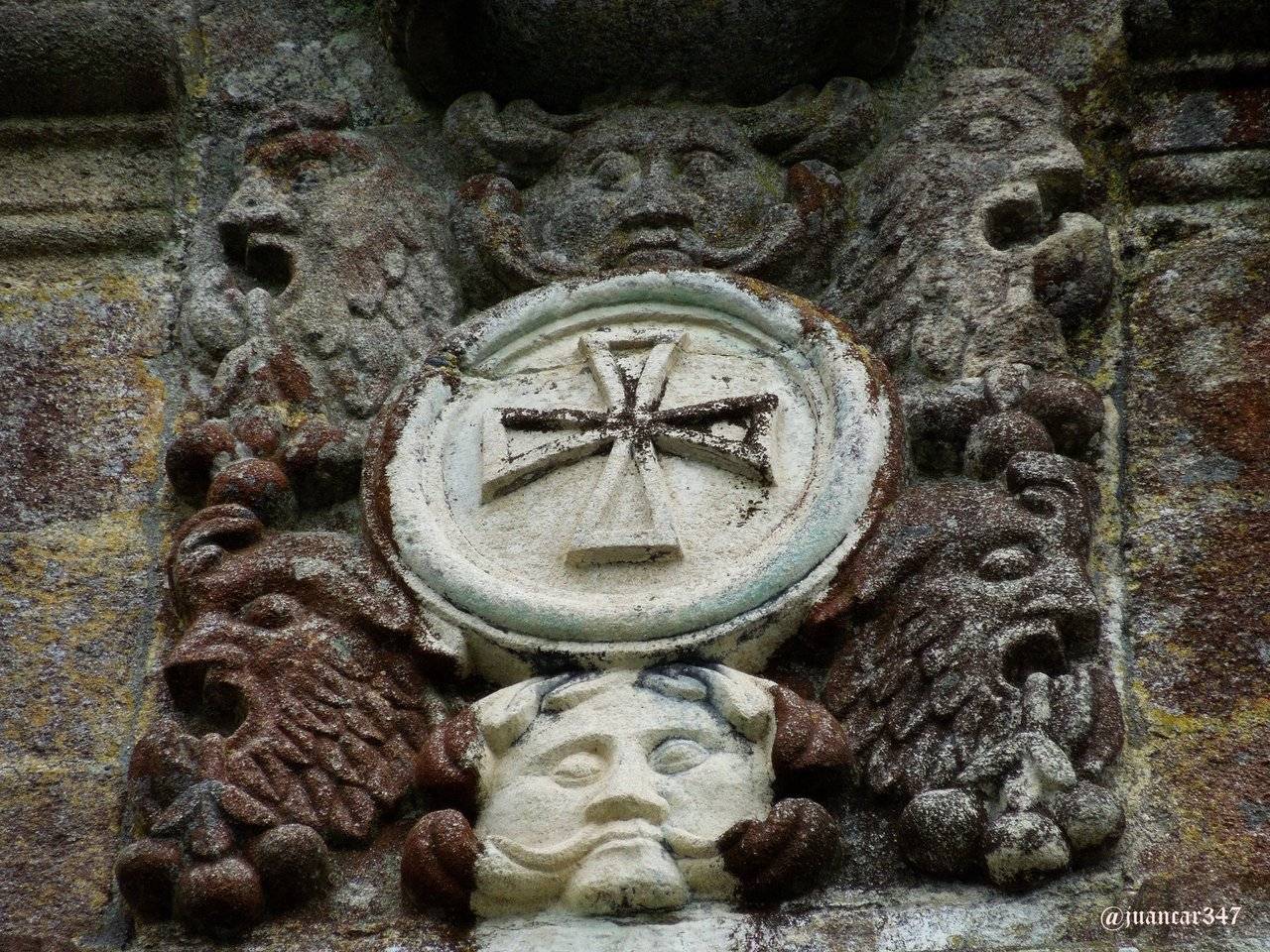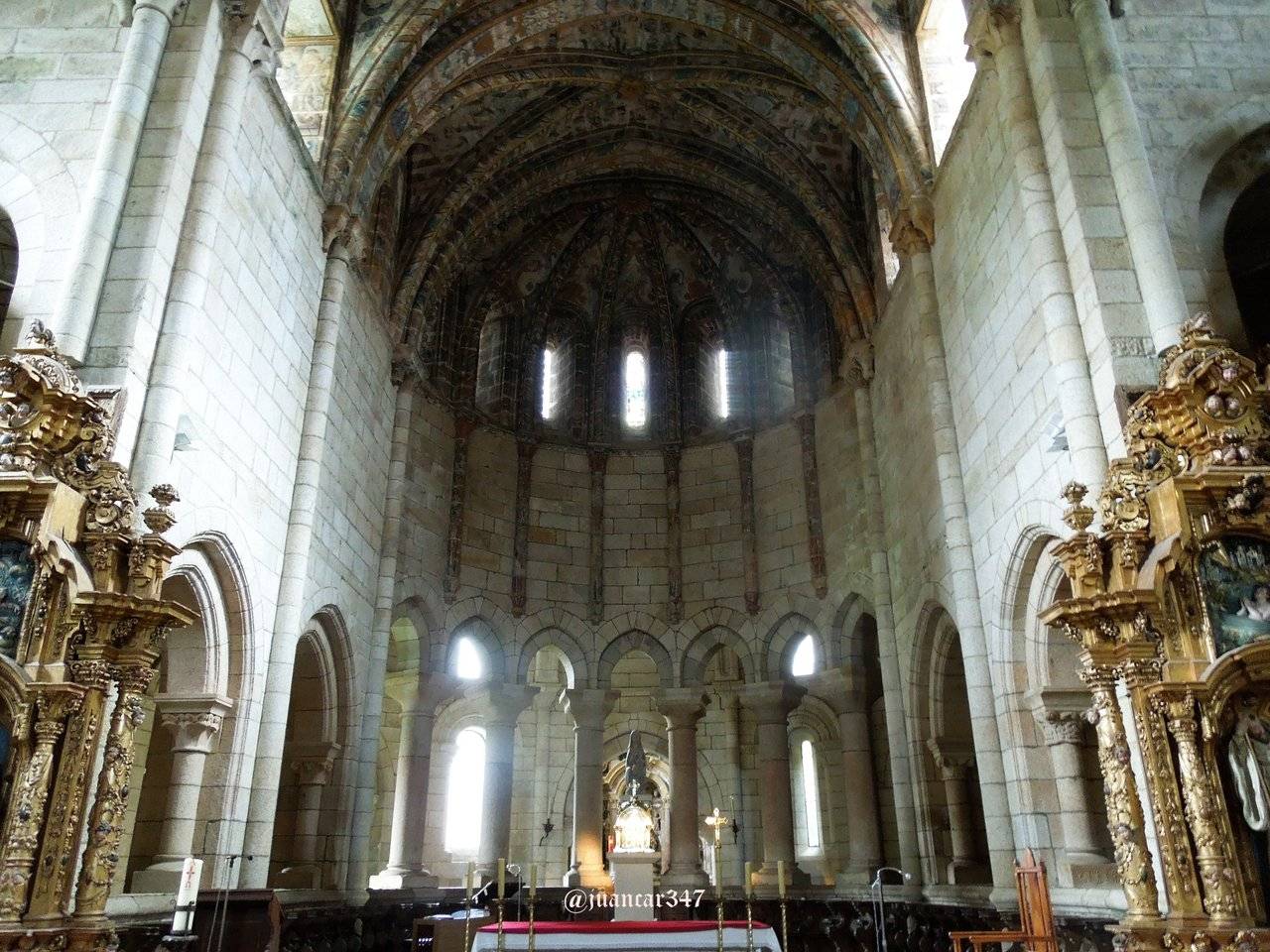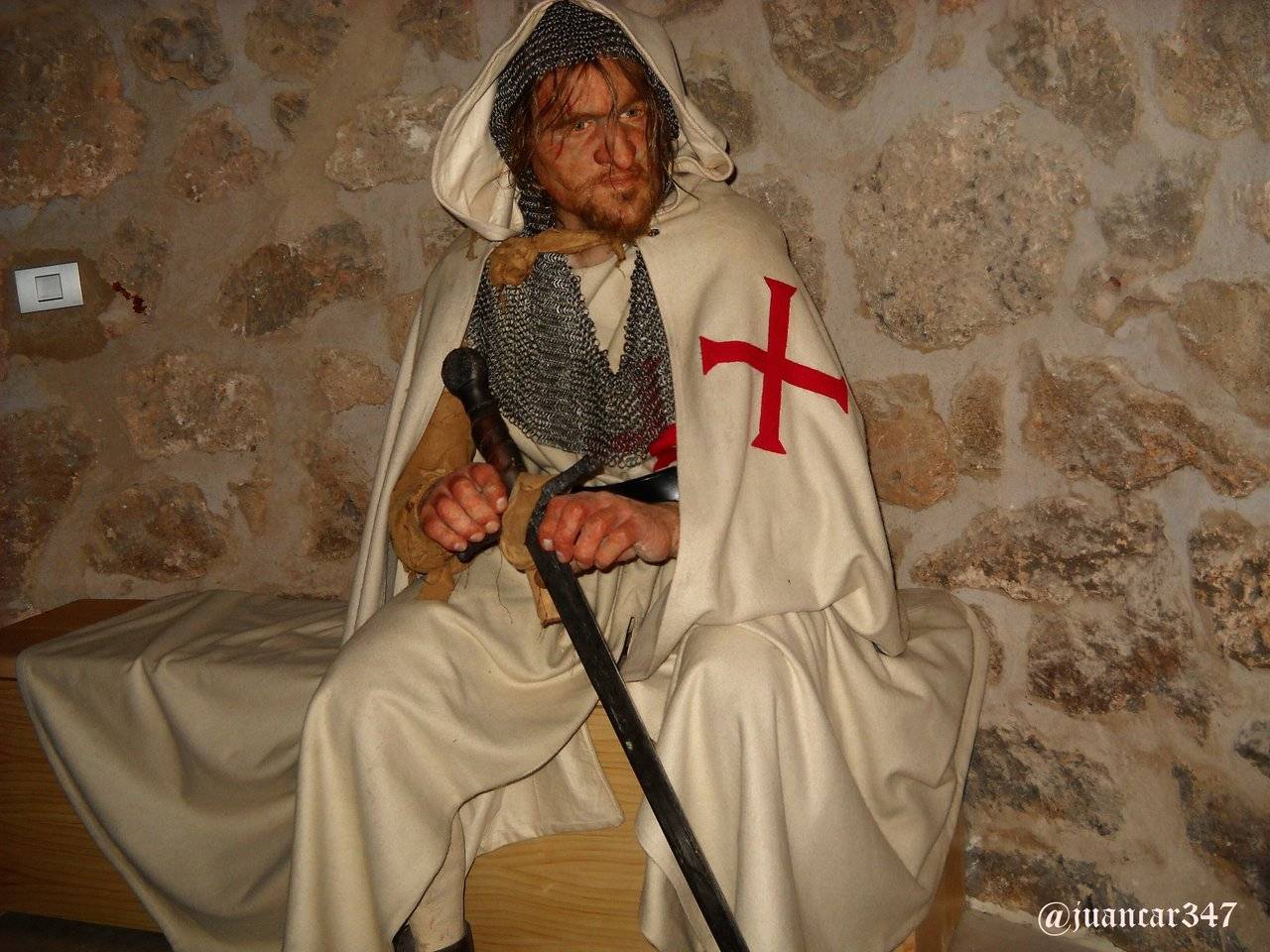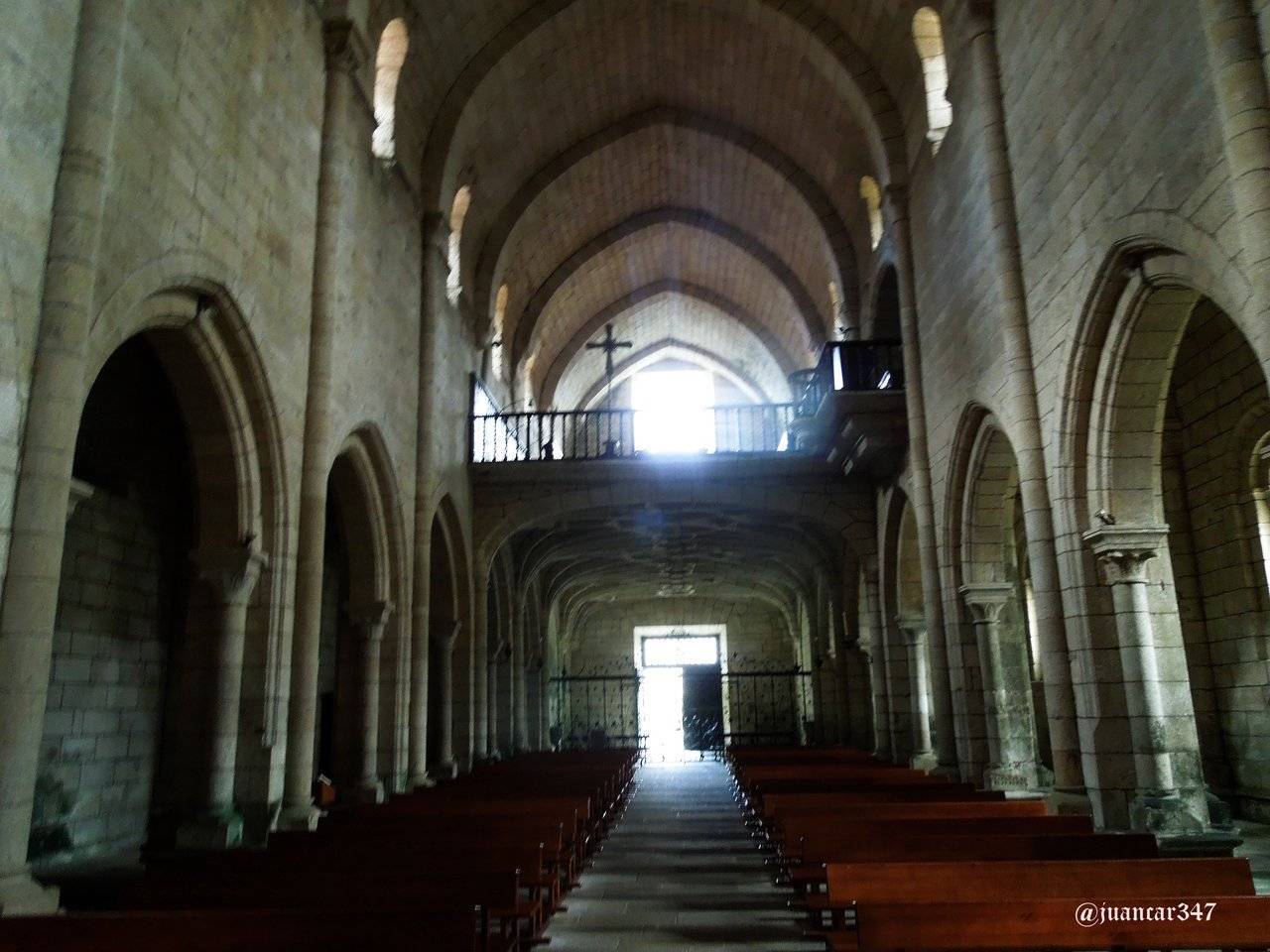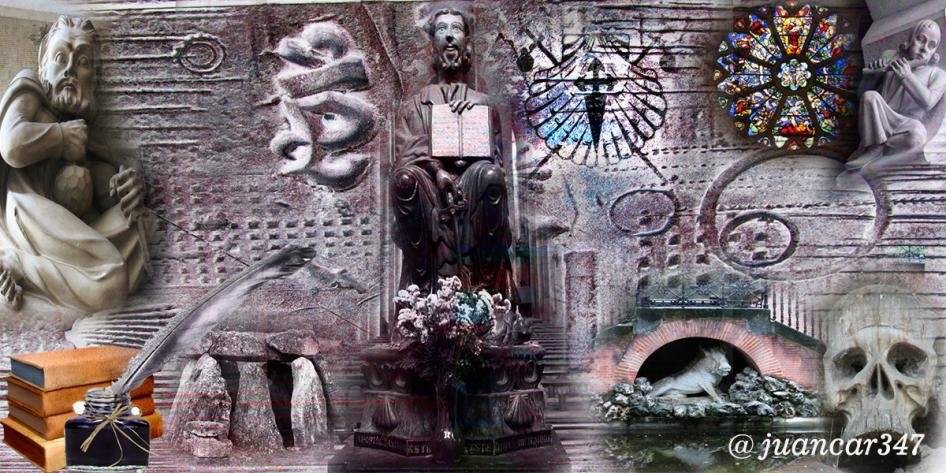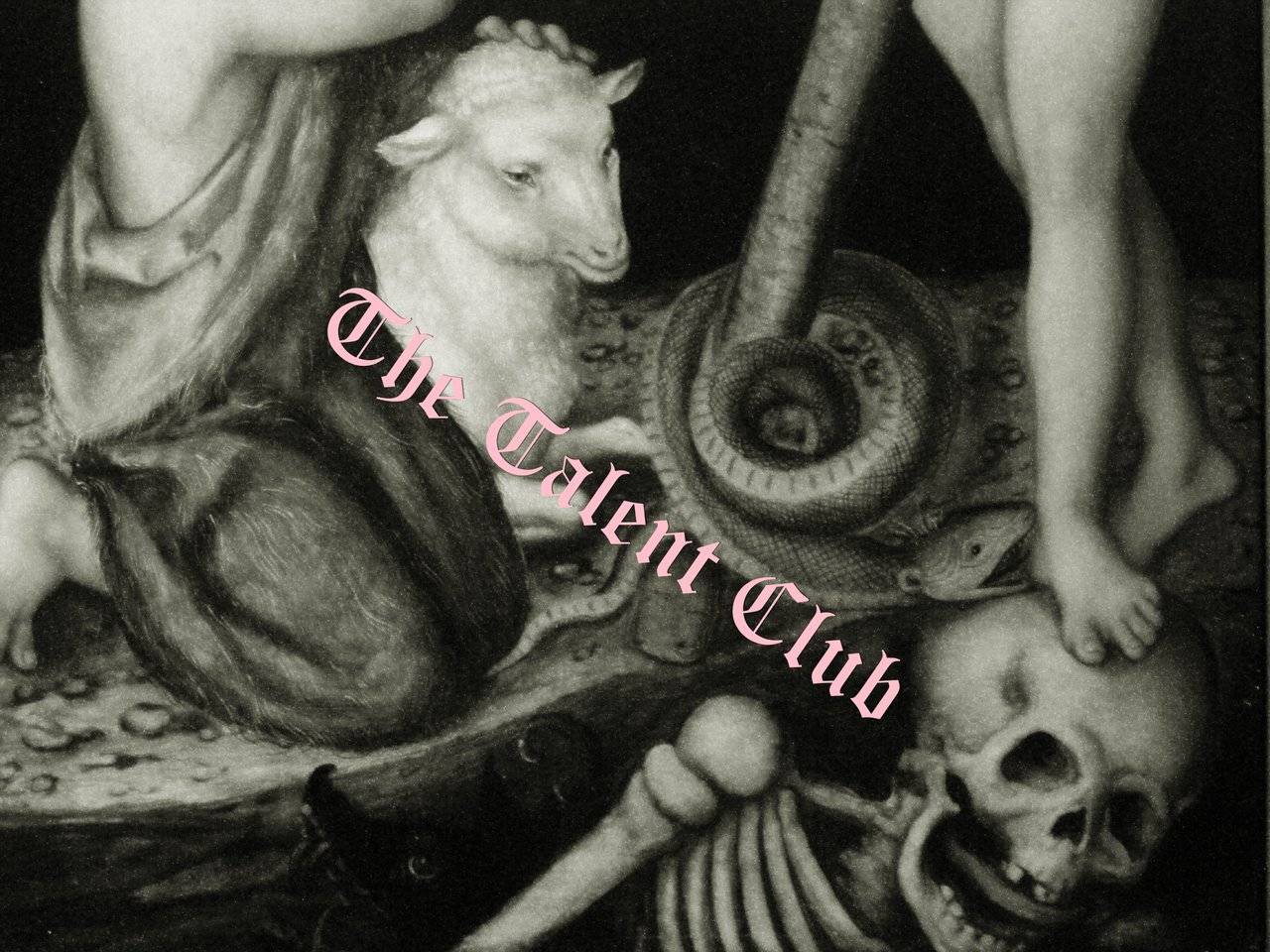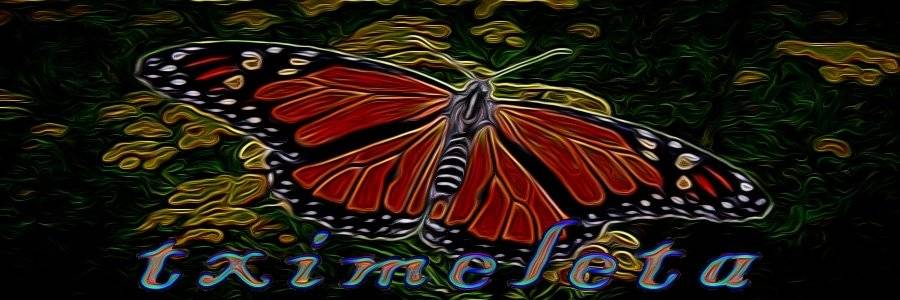As in the case of Compostela, resulting a further curiosity, added to the arcane idiosyncrasies of this monastery located on the Camino de Santiago as it passes through the province of Orense, historians do not end up agreeing on the origins of its suggestive name: Oseira. For what some would be the root that would determine a bear or bear place, for others would refer, perhaps, to an ancient ossuary or cemetery, with many chances that it was prior to the arrival of Christianity in these lands.
Actually, and if we try to imagine the place with the eyes of those first monks who came here in the late 11th century with the intention of applying the universal laws of sacred geometry to build a perfect and enduring work, we may come to the conclusion , that could very well derive, or at least be related, with both concepts.
Located in the municipality of San Cristovo de Cea, about thirty kilometers from Carballino, surprising place, because despite being a city located in the interior of the only Galician province that has no natural border with the sea, It is known worldwide for its remarkable preparation of a marine product, such as the octopus, the monastery of Oseira resembles, observed in the distance, a small oasis, lost in a forest just less than impenetrable.
Maybe this feeling is not very successful today, when the influence of man has been changing the environment, progressively gaining ground for pasture and cultivation, to such vast expanses of forest. But precisely the impenetrability of these, imagined in the times to which we are referring, could perfectly justify the previous assertion, making plausible not only the existence of bear colonies, but also that of communities of Celtic origin settled in its surroundings.
Although from its primitive origins hardly documentation exists, it is had like one of the first known references, the year of 1137; and also that, approximately four years after this date, in 1141, he became dependent on the white monks of Cîteaux, when a colony of Frankish monks was installed there, especially sent by the abbot of Citeaux himself, Bernard of Clairvaux. Despite being considered one of the best preserved monasteries of the Peninsula - it is also known by the nickname of El Escorial de Galicia -, the modifications that have been imprinting its particular artistic tendency over the centuries are quite evident; and even, a look at their interior patios shows, also, a certain routine state of abandonment, that does not correspond with their external appearance.
This is evident, in terms of the first review, in the front of the monastery, where the original Romanesque covers were replaced by others of Renaissance and Baroque style, in which stands a formidable imperial shield, showing a double-headed eagle. The curiosity lies, however, in the small cross-similar to those commonly used by the Temple-which is located just in the middle of both heads. Of course, this assertion does not imply, in any way, a sense of belonging or authorship, that is clear.
Noteworthy, on the other hand, is the presence of an original Virgin of the Milk, made of stone-remember, at this point, that other Virgin of Peace, also of stone, that is preserved in one of the chapels of the Segovian church of the True Cross-, that presides over the head of the temple. A Virgin, whose alchemical connotations-let us not forget-that not only the spiritual nourishment of the infant is nourished from her breast, but also St. Bernard himself nourished himself on this food and is thus represented in numerous works-keep, possibly, a close relationship with that, apparently a fondness for Alchemy for which, according to certain authors, were allowed to lead the monks of Oseira.
True or not, of which there is no doubt whatsoever, it is due to the fact that, with good knowledge of the plants and herbs of the area, they were extraordinary physicists who distilled the most exquisite elixirs. In fact, still a small museum is conserved, in which some of the elements -lampas and retorts, mainly- that used to exercise the different distillations are appreciated.
The fact is that the monastery of Oseira also had a reputation for being frequented by knights of the different cavalry orders of medieval times, including templars, of whom it is speculated that they not only sought a timely and surely necessary period of spiritual retreat, In addition, they also participated in those alchemical work presumably developed by the sapient monks of Oseira. Hence, probably, one of its most special rooms, is none other than that which bears the name of the Knights.
This detail, obviously, belongs to the universe of speculation; a universe that looks richly adorned when it comes to templars, but which is mentioned in the present entry as a possible data to be taken into account.
What seems obvious, is that the Knights Templar -like the gentlemen of other orders- needed and we could say that they used to spend retirement seasons in this kind of places.
Perhaps, from this premise, it can be understood that in the ashlars of the cloisters of many monasteries - let's say as Silos, Santa María la Real de Aguilar de Campóo and even the cloister of the concatedral Soriana de San Pedro - find represented a symbolism alien to the expositions and activities of the titular monks and more akin to that other type of symbolism and philosophy that seemed to have practiced, after all, knights like the Templars.
It has also been speculated, with places similar to those that the unruly monks were transferred as punishment. Possibly, one of the most famous is that one, of which at present there are only some stones of difficult access and location that, denominated as Alveinte, was located in the very heart of one of the most emblematic and mystery areas of the Peninsula: the Sierra de la Demanda. From there, precisely comes, picked up by popular tradition, the famous saying of 'Templar what you did, that Alveinte came' ....
Related movie:
NOTICE: originally published in my blog LA ESPAÑA DE LOS TEMPLARIOS (http://juancarlosmenendez.blogspot.com). Both the text, as the photographs, and the video (except music, reproduced under a YouTube license), are my exclusive intellectual property. The original entry, where you can check the authorship of juancar347, can be found at the following address: https://juancarlosmenendez.blogspot.com/2013/09/oseira-el-descanso-de-los-guerreros.html
If you liked what you have read and seen, I invite you to know the world of: @ juancar347
designed by: @txatxy
Travel Resources for your trip to Spain
Recommended by TravelFeed
Flights: We recommend checking Kiwi.com to find the best and cheapest flights to Spain.
Accomodation: Explore the best places to stay in Spain on Booking.com, Agoda and Hostelworld.
Travel Insurance: Medical emergencies abroad can be pricey, but travel health insurance is not. We always use SafetyWing for affordable and reliable coverage.
Car Rental: For hassle-free car hiring, DiscoverCars is our trusted choice with a wide selection of vehicles.
Internet: Got an eSIM compatible phone? Airalo is perfect for reliable internet access during your trip. Just install it before you go, and you're set!
Day Trips & Tours: We recommend GetYourGuide for a variety of well-organized and enjoyable activities.
Travel Planner: Need a hand planning? Our free travel planner chatbot is your personal guide to Spain. Chat now.
Disclosure: Posts on TravelFeed may contain affiliate links. See affiliate disclosure.

